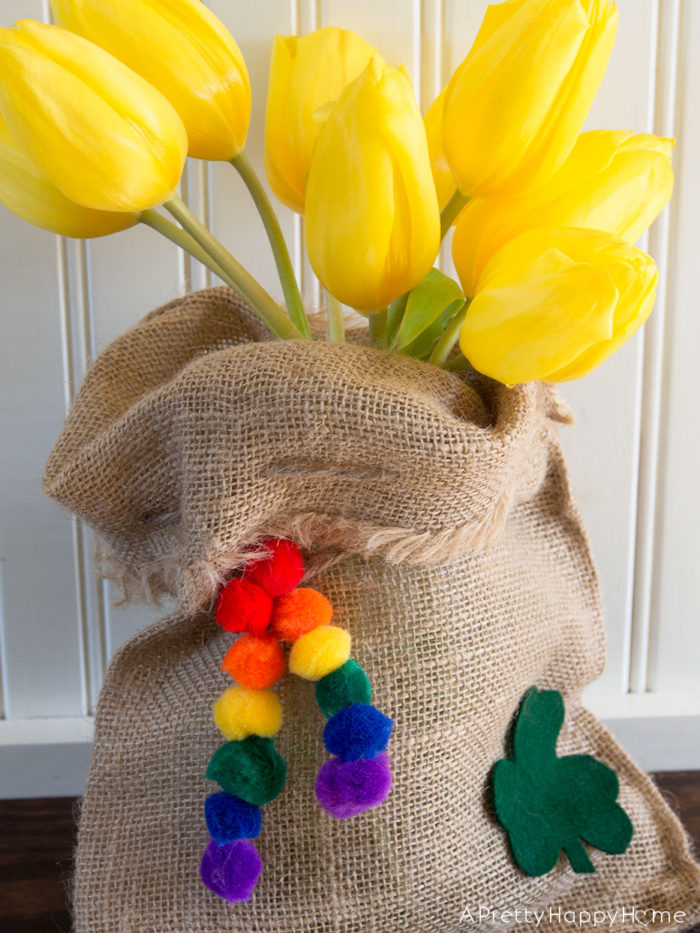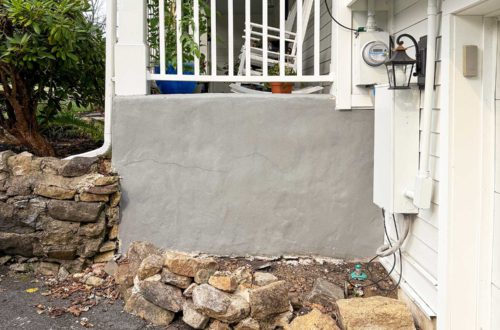
Filling Floor Gaps With Oakum: Update 2 1/2 Years Later
Two and a half years ago, I filled the gaps in our original wood floors with oakum. You can read more about that process here.
This is a niche solution to a common problem with homes built in the 1700s and 1800s with original wood floors and gaps between those floorboards. Our house was built in the 1780s and later added onto in the 1800s.
It’s time for an update on how that oakum has held up!
First of all, what is oakum?
Historically speaking, oakum is a combination of natural fibers like hemp or jute and tar or oil that was used to caulk wooden ships to make them watertight.
Oakum was often repurposed from old ship rigging. “Picking oakum” was a terrible job where someone had to unwind the rope fibers so they could be repurposed into caulking.
Oakum is still used today for several uses related to plumbing, wooden ship caulking, log home caulking, etc. Today, oakum is manufactured in a factory.
Brown oakum is made from natural fibers (could be a combination of jute, hemp, and/or burlap), oil, and often bentonite.
White oakum is made from jute, Bentonite, and water.
Bentonite is a clay that expands when it encounters water.
Did I apply oakum to all of our wood floors?
No! For once, I showed restraint.
I picked one area, a small bathroom, that needed to have a watertight seal between the floorboards to test this process of filling floor gaps with oakum.
This bathroom is on the second floor and underneath the floor is a drywall ceiling. We uncovered the wood floorboards after pulling up several layers of linoleum. We wanted to be able to use this original flooring and not cover it back up, but we could not have water leaking through the floorboards. We have enough old house problems without adding to it.
We went on a quest to find a historically accurate way of filling gaps in hardwood floors and oakum was at the top of the list.
Was the oakum hard to apply?
No. There is trial and error but you’re just twisting the oakum and shoving it in the floor gaps.
Learn more about what made our floors tricky to fill here.
How has the oakum held up?
First of all, it’s still filling the floor gaps. Hurray!
Second, there have been no issues with water dripping through the gaps in the floors to the ceiling below. This isn’t a heavily used bathroom and we do have a bath mat on the floor. We are mindful that these wood floors are different from normal tile bathroom floors, but the oakum has done its job.
Do I clean the floors and oakum?
Nope. We are filthy beasts. Kidding! Of course, I clean the floors.
Cleaning bathrooms is not fun but it has to be done.
I lightly run a vacuum wand over the oakum when I’m cleaning the floors. I also mop over it with a flat mophead like this one. I typically use just water and sometimes a little dish soap to clean our wood floors.
I don’t scrub the oakum with a brush and I don’t saturate it with water. No need to tempt bad things to happen!
If I happen to pull an oakum fiber up while cleaning, I just shove it back in the gap. That has happened less and less over time though.
I have heard that some people apply wax over some oakum if there’s a bothersome fiber that keeps poking up. I haven’t tried that. It may affect the watertight nature of the oakum.
Has the oakum changed at all in the 2 1/2 years since I installed it?
This is the interesting part. Some of our floors in other parts of the house do not have gaps between the floorboards because something is filling those gaps.
What is it? I’m not sure. I’ve theorized that it could be bark, dirt build-up, oakum, or something else.
My strongest hypothesis is that it is dried-out oakum that has hardened over decades or hundreds of years. However, I couldn’t find pictures online of what confirmed dried-out oakum looks like in someone’s old house for me to compare it to my old house in New Jersey.
Two and a half years later, my oakum appears to ever-so-slightly be starting to harden to the touch, at least on the top layer. Is this just what happens when the oakum is exposed to the air, repeated use, and/or to compression? Will it continue to be watertight if it completely solidifies and how long will that take? Not sure! I have so many questions.
The oakum experiment is going to have to continue.
Would I recommend other people fill floor gaps with oakum?
No. It’s a solution for a select few. I detailed why in this original blog post.
That said, I don’t regret doing it. This has been a fabulous learning experience, solved a very specific problem, and has allowed us to feel comfortable using this bathroom with the old wood floors.
Plus, as a result of that original blog post, we’ve connected with other old house owners and the old house community is amazing.
If our experience with oakum, the good and the bad, can help even one other homeowner, then it was worth it. It’s a tiny way of giving back to a community that has been so kind and supportive to us.
As an old house owner and lover, you do a lot of things you didn’t ever plan on doing.
Experimenting with filling gaps in hardwood floors with oakum is one of those things and the list keeps growing. Ha!
Do you love old houses too? Have they challenged you to find creative solutions to weird problems? I’d love to know. You can always comment on this blog post, email us here, or reach out via Instagram or Facebook.
Happy DIYing.
P.S. You can buy brown oakum and white oakum on Amazon. We opted to buy ours elsewhere and that is all in this blog post.
P.P.S. There are modern wood gap fillers on the market. I have not tried them. Even though I have experimented with oakum, in general, I wouldn’t do anything with gaps in hardwood floors unless they REALLY bothered you or were causing a big problem.
Thank you for being here today. I appreciate you and your time. If you’re itching for something else to read, try one of these blog posts.
All About Rim Locks – Vintage Door Hardware
All About Our 240-year-old Pumpkin Pine Floors
The Mistake We Made When Adding Hardscaping Around An Old Pool
*affiliate links in this blog post*








